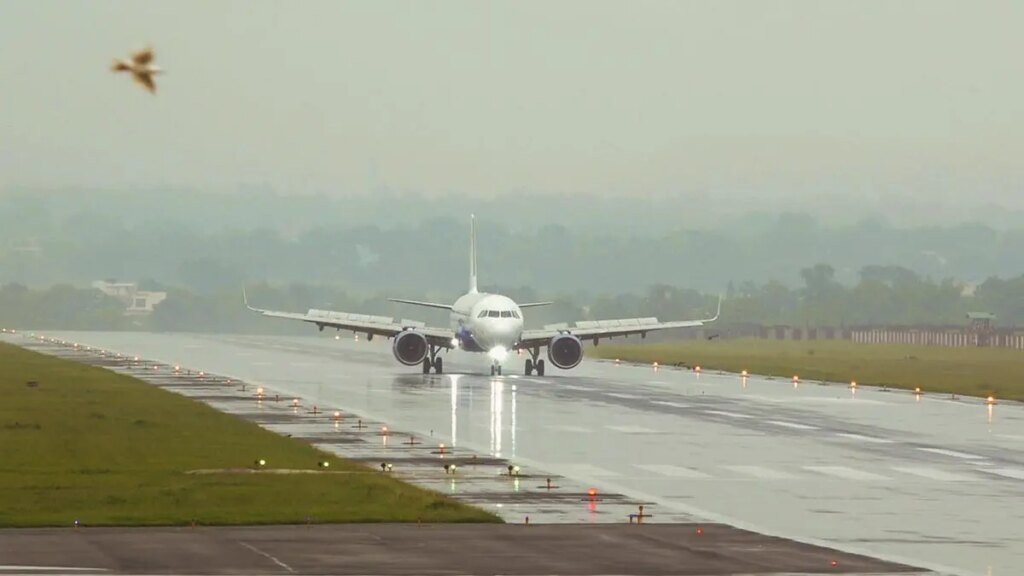Air India crash report does not insinuate anything against pilot, says SC

The judges noted that the preliminary report did not contain any adverse inference against the pilot
The Supreme Court on Friday (November 7, 2025) orally observed that no fault can be ascribed to the pilot who was commanding the Air India Boeing 787 Dreamliner that crashed shortly after take-off from Ahmedabad on June 12, claiming over 250 lives, and clarified that no official report had sought to hold the cockpit crew responsible.
A Bench of Justices Surya Kant and Joymalya Bagchi said it was even prepared to record this position formally, as it agreed to hear a petition filed by Pushkar Raj Sabharwal, the father of the late Captain Sumeet Sabharwal, seeking a judicially monitored investigation into the crash.
Appearing for the petitioner, senior advocate Gopal Sankaranarayanan contended that the preliminary findings of the Aircraft Accident Investigation Bureau (AAIB) were “biased and incomplete”, arguing that they appeared to attribute the cause of the crash to pilot error while overlooking possible technical and systemic failures that warranted an independent probe.
Allaying the petitioner’s concerns that his son was being unfairly blamed, the Bench said, “This is an extremely unfortunate accident. But you should not carry the burden that your son is being blamed. We can always clarify that nobody, and especially the pilot, can be blamed for the tragedy.”
Adverse inference
The judges further noted that the preliminary report did not contain any adverse inference against the pilot.
“We have gone through the report. There is no insinuation against the pilot at all… Whatever could be the reason for the tragedy, it is not the pilots,” the Bench remarked.
Emphasising that the objective of the probe was preventive and not punitive, Justice Bagchi remarked, “There is just a mention of the cockpit recorder where one pilot asks your son whether he turned off a switch and your son answers in the negative. That is all there is in the report. The main purpose of the investigation is to ensure such incidents do not recur.”
According to the AAIB report, the fuel control switches of the aircraft “transitioned” to the “Cutoff” position three seconds after it became airborne, cutting off fuel supply and causing both engines to shut down. The report noted that the cockpit voice recording captured one pilot asking the other, “why did he cut off?”, to which the colleague responded that he had not done so. It did not clarify whether the switch movement was inadvertent or deliberate, but identified the fuel cut-off as the immediate cause of the disaster.
Sankaranarayanan further submitted that the larger concern pertained to the integrity of the inquiry, and alleged that investigators had posed inappropriate personal questions to the family. He also referred to a Wall Street Journal report which, citing unnamed government sources, had implied pilot negligence.
The Bench, however, dismissed the credibility of such reportage. “With respect, you should have filed a suit against The Wall Street Journal in an American court. Your angst is understandable, but there is a clear incongruity between public perception and the factual position,” the judges said.
Pending petition
Accordingly, the Bench issued notice on the plea and directed that it be heard along with a pending petition filed by the NGO Safety Matters on November 10. It also sought responses from the Centre and the Directorate General of Civil Aviation (DGCA) on the request for an independent probe.
Earlier, on September 22, while hearing the petition filed by the non-profit, the court had censured the “selective” release of the AAIB’s preliminary report and termed media reports attributing pilot error before the completion of the inquiry “irresponsible.”
The judges had, however, clarified that they were not at that stage considering the public disclosure of any portion of the investigation.
The petition has alleged that the official investigation conducted by the AAIB and the DGCA is “defective” and that crucial technical evidence was either misinterpreted or ignored. It also noted that the aircraft’s Ram Air Turbine (RAT), an emergency power generator that automatically deploys when both the primary and backup electrical systems fail, was activated before the pilots made any control inputs.
This, the plea argued, pointed to a possible electrical or software malfunction rather than pilot error.
Published on November 7, 2025



